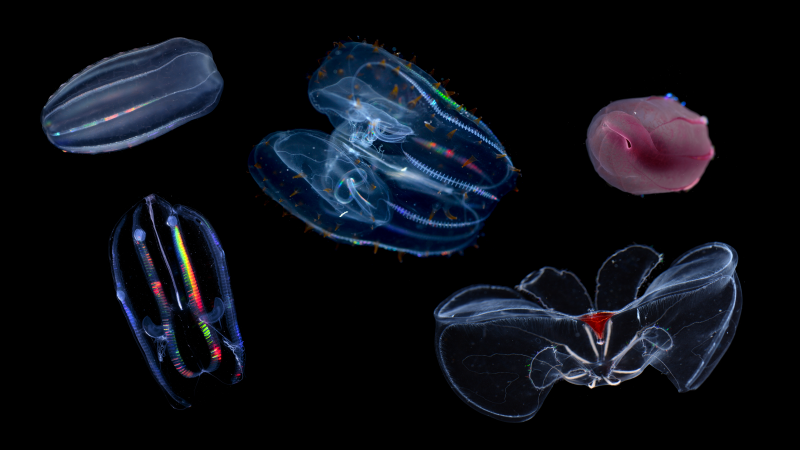
New research funded by the U.S. National Science Foundation has shed light on how ocean creatures have adapted to different environments, with potential implications for understanding the human brain. Scientists from a variety of disciplines used tools from the NSF-supported Center for High-Energy X-ray Sciences at the Cornell High Energy Synchrotron Source to study comb jellies in both deep and shallow water habitats.
The findings revealed that these creatures have adapted by developing differently shaped lipid molecules in their cell membranes, which allows for the right level of stability based on their habitat. Deep-sea comb jellies brought to the surface experience membrane breakdown due to the lack of external pressure, while shallow-water jellies struggle to function at deep-sea pressure levels due to the rigidity of their membranes. These discoveries not only enhance our understanding of survival mechanisms in extreme environments but also hold potential for insights into human biology and neurodegenerative diseases such as Alzheimer’s.
The researchers found that plasmalogens, a type of lipid found in deep-sea comb jelly membranes, are also abundant in the human brain. Loss of plasmalogens has been linked to disease progression and aging in humans, and the researchers believe that their discoveries about plasmalogen structure could provide valuable insights into how these molecules function in human physiology and disease processes.





